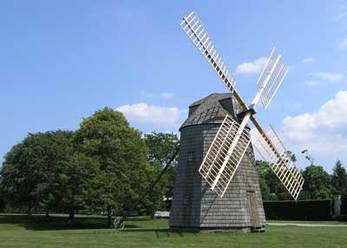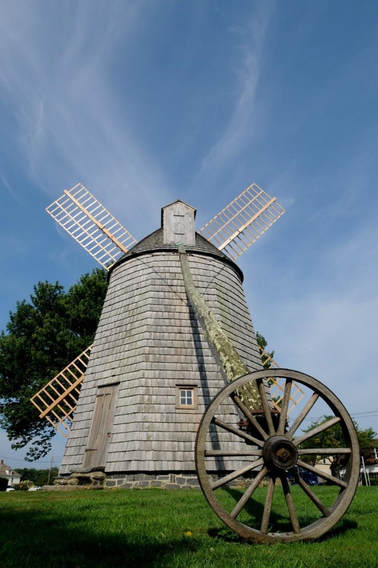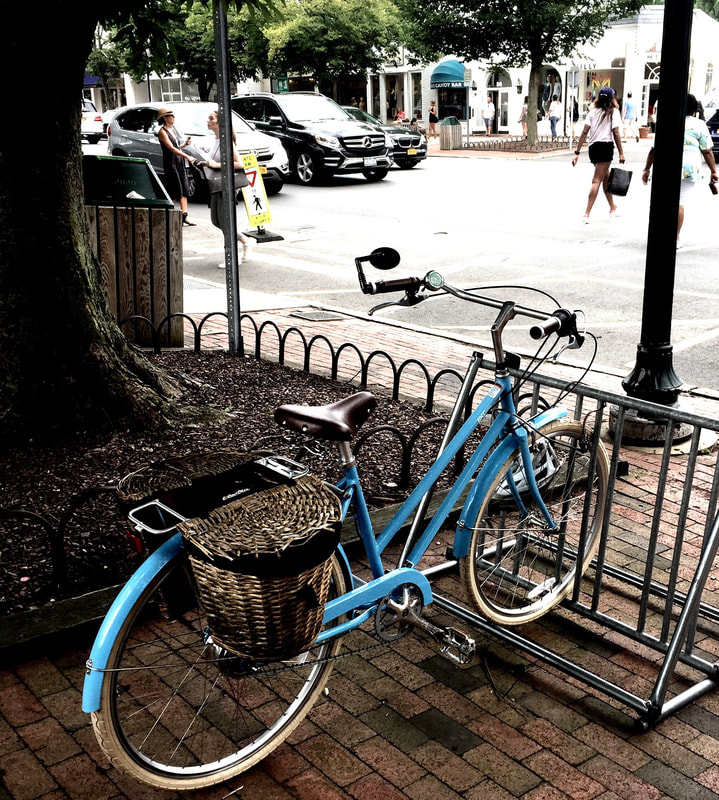 Along Montauk Highway, in the middle of the hamlet of Water Mill, you will notice a historic windmill on the south side of the road. Though an earlier mill once stood at the site, a three day blizzard destroyed it in December 1811. The current windmill was built on Hog Neck (now the Village of North Haven) in 1800. To replace the destoryed one, James Corwith purchased the new windmill in 1813, dismantled it, and moved the sections by oxen to the commons. In 1860 he purchased the common’s land from the Town Trustees. He would grind grain until his death in 1868 when his son Samuel took over the ownership of the windmill, along with that of the Corwith General Store across the highway. The mill ceased grinding about 1887 when a large summer home to the west blocked prevailing winds, and a flour factory in Sag Harbor began producing cheaper, finer, and whiter flour. The Corwith Windmill then changed hands five times as it was sold to various owners of the summer house built to the west of the mill. Every time a summer resident sold their house lot, they also sold the mill back to the Corwith family, who sold it to the next homeowner. It was these wealthy second-home owners who kept the mill in good repair even installed a stone foundation to replace the stacked boulders it previously sat on. Today the mill is owned and maintained by the Water Mill Village Improvement Association, a local non-profit organization. The Corwith Windmill is the smallest, second oldest, and has the most primitive machinery of the 11 surviving windmills on the East End. It is a good example of 17th and 18th century mills of Long Island and New England. It is sometimes called a smock mill because its tapered lower shape is similar to a smock. The cap of the mill, where the wind sails are located, sits on a heavily greased wooden ring or “dead” curb at the top of the mill. The miller rotates the cap and sails into the prevailing wind by pushing the 36 foot tail pole. All other existing windmills in the area have rollers on the curb and had a fantail device installed that automatically turned the cap into the wind. For more information on the history of Water Mill, visit the Water Mill Museum at 41 Old Mill Road, Water Mill, 11976. 631.726.4625 or email: [email protected] Comments are closed.
|
Archives
July 2024
Categories |





 RSS Feed
RSS Feed